If you take a look at a map of Italy and find where Trapani is, you will notice immediately that it is closer to Tunisia than it is to most of the Italian peninsula. If you are fortunate enough to travel to western Sicily you will see these connections everywhere. The landscape is dry and desert-like with thorny bushes and cacti.
The houses in small towns are cubical, painted white and have very small if any windows (the keep the heat out), people have dark skin and the local dialect has many words directly derived from Arabic.
This is even more evident in the food culture. For example one of the main dishes of the Trapani area is cous cous, and almonds are used in almost every dessert and the list goes on.
These facts are no surprise to anyone who knows the history of the region. The Muslim Moorish empire extended from modern day India to Morocco and sub-Saharan west africa, and it dominated Sicily (and Spain) for a few hundreds of years.
The first Sicilian Arab settlement was in Mazara (very close to Trapani) in 827 and the Arab domination lasted until 1091, when Noto fell to the Christian Norman invasion.
In early Norman times there were still many muslims on the island and Arabic was still widely spoken, also by the new Norman rulers (let’s not forget that Arabic was one of the most important languages for science and art in the middle ages). Apparently the pope was threatened by having so many Muslims so close to the Vatican, so he decided to finally expel and deport them all in the 1240’s (more than 60.000 people).
From a wider “European” point of view, the Moorish empire had its biggest presence in Spain and Portugal (Al-Andalus) where it lasted until 1492, when all the Muslims were expelled from Spain after the marriage of Ferdinand II of Aragón and Isabella I of Castile. The newly weds were responsible for a united Christian Spain and the so called "Catholic Monarchs" started a phase of fervent Christian religious revival.
The next century saw a number of persecutions (the holy inquisition heyday!), and in 1609 the last Moors still adhering to Islam were expelled from Spain. Part of the Catholic propaganda was an act of rewriting history and erasing all the cultural and technological innovations that the Moorish empire brought to Europe during the Middle Ages. Let’s be clear, they didn’t erase culture and technology, they erased where it came from…often rewriting and creating entirely new stories, narratives and mythologies around traditions too.
It was a pretty successful plan and nowadays many people are unaware of this heritage. For example the Moors were responsible for enormous innovations in medicine, architecture, agriculture, astronomy, poetry and one could go as far as saying that much of the intellectual knowledge of the renaissance was built on knowledge and innovation brought into Italy and Europe by the Arabs.
Years ago someone in Italy wrote a provocative social media post suggesting that Italian kids should learn to use Arabic numbers to help all the kids of the immigrant communities to feel more welcome in their classes. This post received a huge amount of hate and it escalated quickly into a racist rant. Obviously the intention of whoever wrote this post was to reflect on the ignorance of the haters, who were not even aware that we are using already the so called “Arabic numbers” (even tho they are Indian in origin) in our language and mathematics…the point was proven beyond any expectation.
In Sicily people have a quite ambivalent relationship with their Moorish heritage. On one hand it is widely accepted as something that happened in the past, on the other hand they are also still very attached to some of the propaganda spread with the Christian reconquista (The name of the military campaign to re-conquer Muslim spain and Portugal).
This is clearly shown in the puppet theatre called “Opera dei Pupi”. This art form is recognised by Unesco as intangible heritage of humanity and is all centred around the epic tales from the French “Chanson de Roland”. This tradition is very old in Sicily and it’s probably an evolution of the “Cunto”, a one man show performed with a wooden sword as the only prop, usually narrating in verses the tales of Orlando (Italian for Roland). The art of “Cunto”, basically a very dramatic form of storytelling, actually exists in Arabic culture as well, where “Al-Hakawati” are storytellers who also perform with a wooden sword in public places…coincidence?
In the 19th century the “Cunto” tradition developed into the creation of the puppet theatre called “Opera dei pupi”, a theatrical art form that we can still see nowadays.
In an era before television and radio this was popular entertainment. Sicilians always identified with the characters of these tales of passion, honour, betrayal, loyalty, love and courage, and it is no coincidence that my own father’s first name was Orlando (the main hero of the saga). This art form is still alive in Sicily and as a child I remember vividly being in the audience and taking part of this very interactive spectacle, where the audience screams, applauds the paladins, and ultimately boos all the Arab infidel traitors. Most of the stories narrated are inspired by the french epic tales of the Chanson de Roland. The very popular Italian version was written by Ludovico Ariosto in the 16th century and it was called “L’Orlando Furioso”. This literary mammoth was incredibly popular all over Europe and its stories, which sometimes recall modern day telenovelas and “soaps”, were used in countless baroque 17th and 18th century operas, plays, madrigals, puppet theatre, and all forms of stage entertainment. The language used for the opera dei pupi is extremely fascinating as it is a blend of Ariosto inspired old Italian verses mixed up with Sicilian dialect.
Between 1858 and 1860, a modest primary school teacher from Palermo named Giusto Lodico, rewrote and updated all these tales in “Storia dei paladini di Francia”, and this became the “Bible” for all the puppeteers in Sicily, the pupari.
Here above a picture of everyone’s hero Orlando. His nickname is “occhi storti”, as he is always slightly cross-eyed. Some believe his strabismus is an attempt of the puppet makers to make him more human and therefore imperfect (since he’s already the most perfect hero), some believe it’s the result of the insanity caused by his unrequited love towards Angelica. In the “Orlando furioso” (the furious Orlando) in fact, our hero loses his “good sense” (senno in Italian). Basically he loses his mind because Angelica doesn’t love him back, and at some stage his cousin Astolfo has to travel to the moon, the place where people believed everything lost by humanity (material and immaterial) would end up. In an episode that has many echoes with Dante’s Inferno, Astolfo is accompanied by San Giovanni on this extraterrestrial trip and he finally finds Orlando’s senno bottled up and is able to bring it back to him.
Interestingly enough Sicilians nowadays are very aware of the influence of the Arabic domination on the island and their tight connections to that heritage, but I find it surprising that one of the most important cultural pieces of Sicily are still the stories about how Frankish armies defeated the advancing empire of the blasphemous moors!
When it comes to food, things are more difficult to hide or to erase, and connections appear in a more obvious way.
Many Italians are not aware of this, but it was the Moorish empire that introduced pasta to Italy. For many years a completely made up fable narrated how Marco Polo brought back noodles from his trips to China. This story has been proved false and the truth is that by the time of Marco Polo, noodles were already common in Italy. It is widely believed that noodles originated somewhere in Asia, but it was the enormous Moorish empire that imported durum wheat to Italy, and in the Moorish dominated Sicily we find the first documentation of pasta being manufactured on the island, and subsequently exported to the rest of Italy. I would also like to point out that pasta didn’t become a main staple (at least in the way we conceive it nowadays) for Italians until the late 19th century and early 20th century and for a long time it was consumed as a side dish and usually only dressed with cheese.
There is also the very controversial history and diatribe on where gelato was invented. One of the very plausible theories is that it developed in Sicily with the idea of storing ice, which the Moors collected from mount Etna and later sold and exported to many places after mixing it with some salt (!) to conserve it for longer. We will maybe deal with the complex history of gelato another time but for now I will mention that the word sorbet is probably derived from the Turkish word şerbet, which is then derived from the Arabic word شراب (sharāb), and it is probably at the origin of the creation of gelato, or at least of the still very famous Sicilian tradition of granita (an incredibly refreshing kind of sorbet made with only ice and fruit, a classic summer breakfast all over the island).
I have touched on the history of cous cous in Sicily here, and I am sure I will return to the subject as I will start to dig into some recipes.
The Moors are credited with introducing cane sugar to Italy, almonds, raisins, pine nuts, sesame, pistachios, aubergines, chickpeas, citrus fruits, artichokes, spinach and spices such as saffron, nutmeg and cinnamon.
So it is not an understatement to claim that the Moorish empire had a huge influence on what it’s considered Sicilian food nowadays but also Italian food in general.
The list doesn’t end here. The moors introduced to Europe almost all the musical instruments that we know and consider European such as lutes, guitars, bowed instruments, percussion instruments etc…
Even classic Greek philosophy was translated from Greek into Arabic first and then brought into Italy after it was translated from Arabic to Latin. The Arabic literary wealth was so huge that every medieval scholar was able to speak and read Arabic as much as Latin.
In an era of fervent anti-Arabic hate, is it time perhaps to update some of this erased history and narratives?






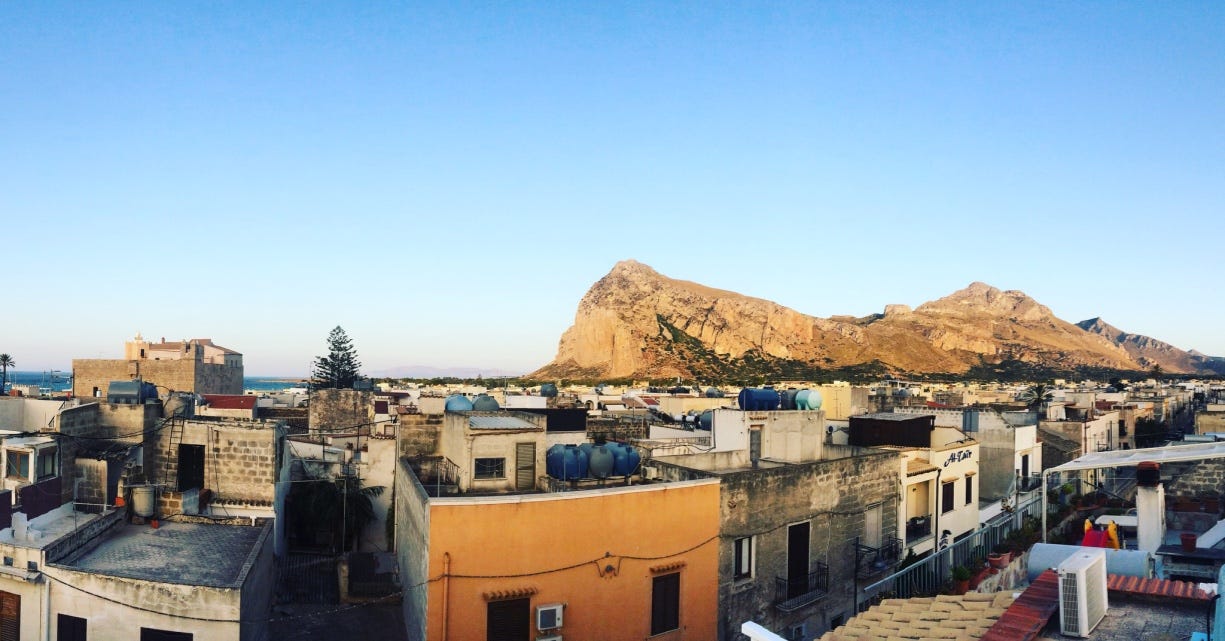

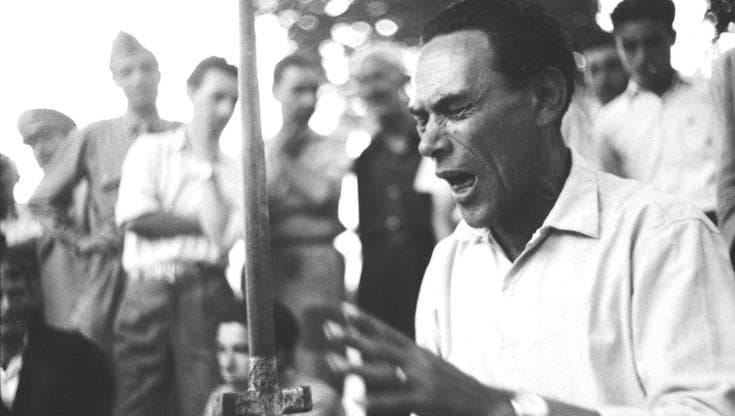
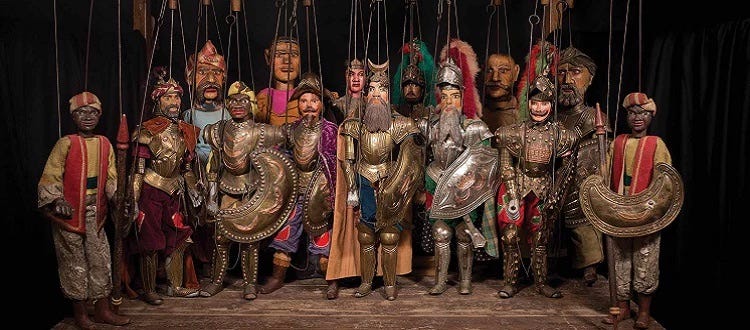

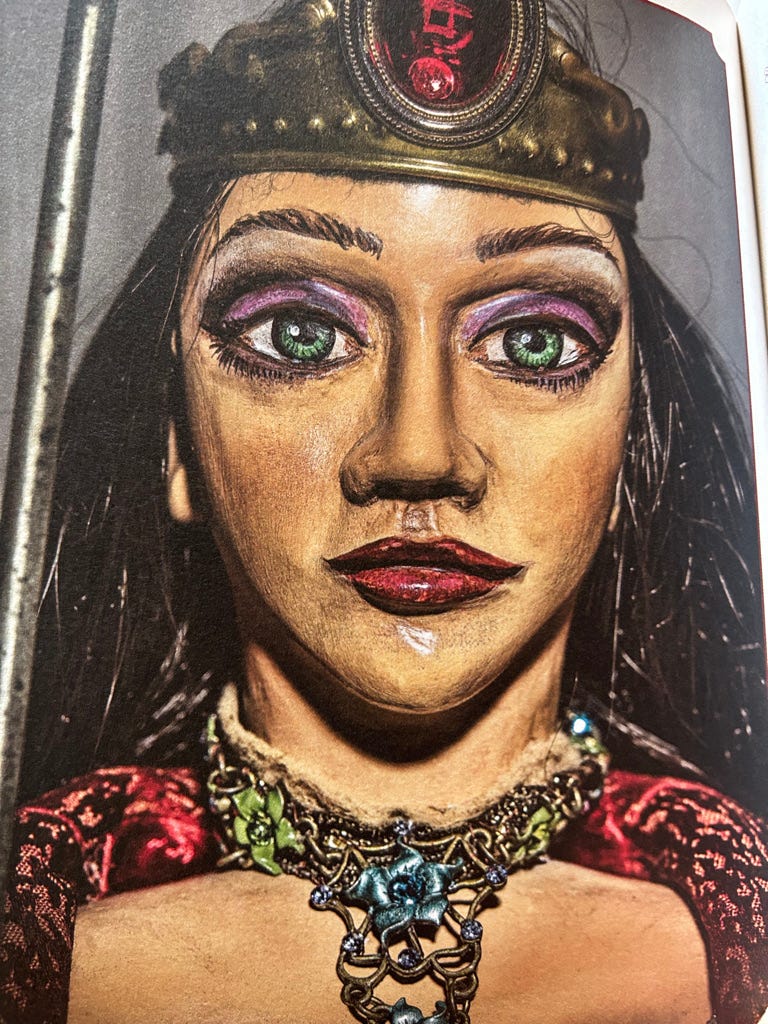
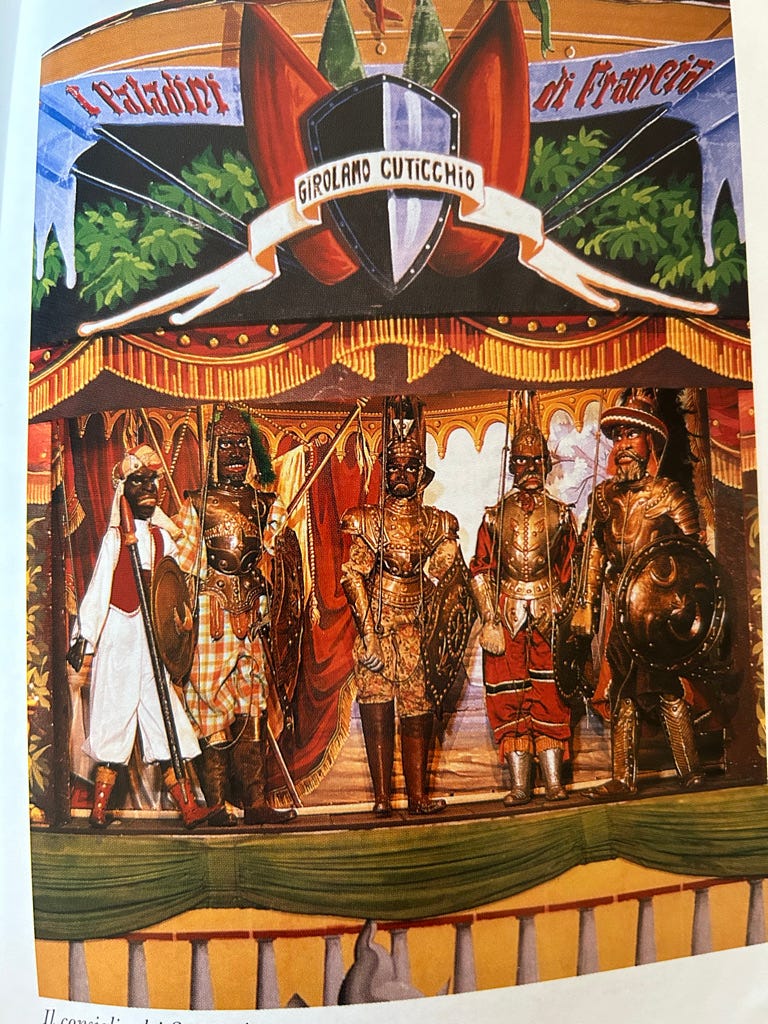
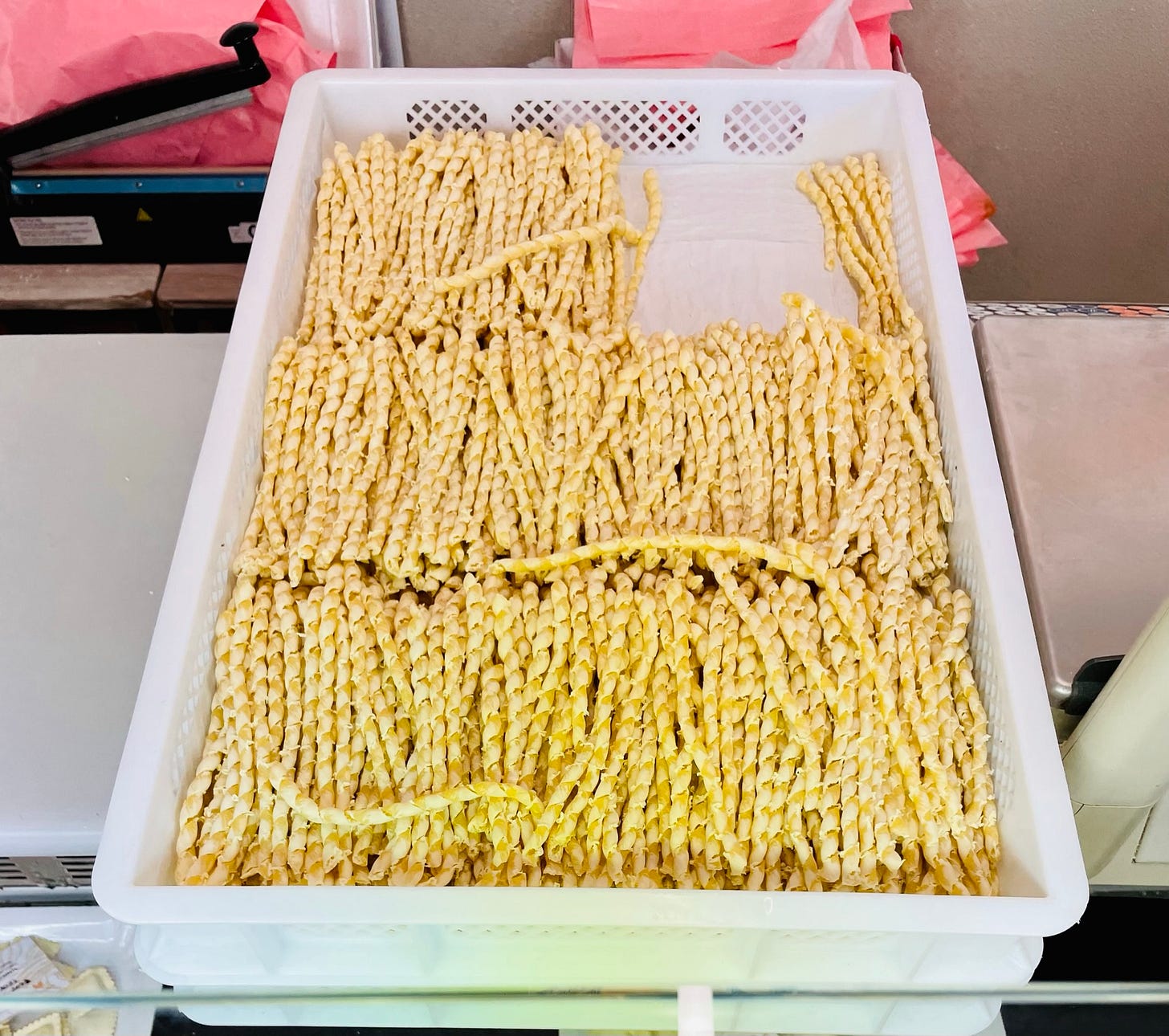
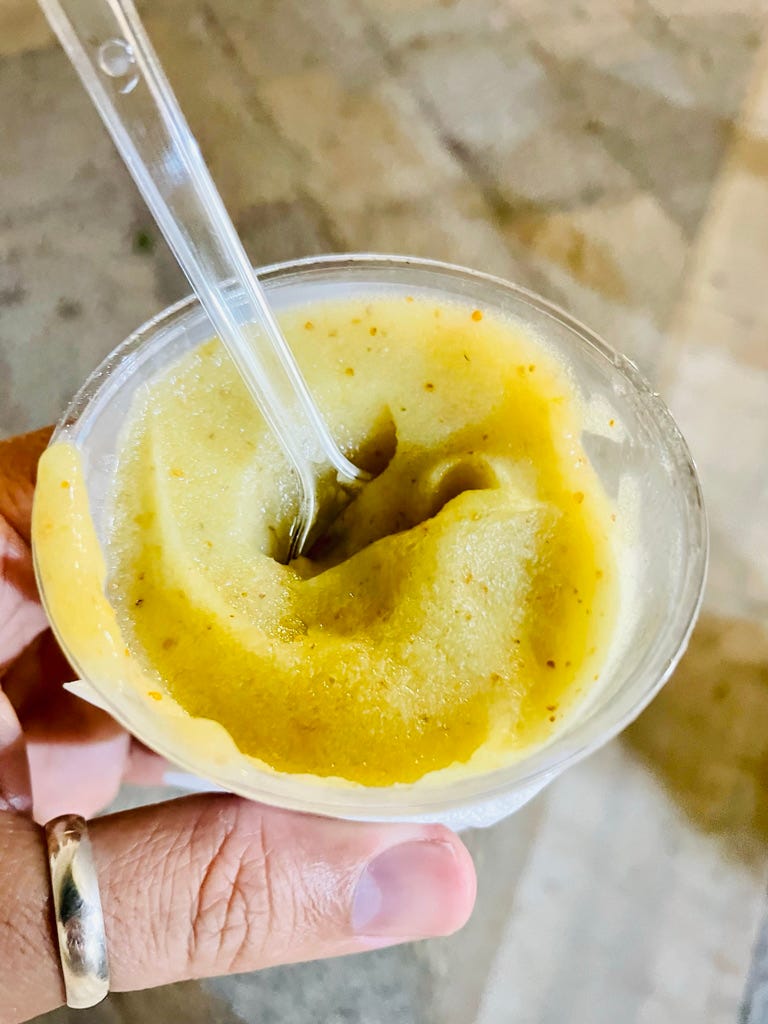
I absolutely LOVE this kind of "following the crumbs" of history, which is inevitably entangled with religion/politics, and conquest. I would add that you are a superb writer, and English *not* being your first language impresses the H*** out of me even more. Thank you so much for sharing this kind of top quality content!
Very interesting piece producing random thoughts: I wonder if there was a spate of Norman architecture in Sicily following the conquest like there was in England. I love the idea of all things lost by humanity going to the moon, and still existing there! That is so poetic about Orlando's senno being found in a bottle. The marionettes are so gorgeous in their Renaissance armor. The granita looks finer than the NYC version which is a little crunchy and a comes in only lemon or espresso (at least in old-school shops).